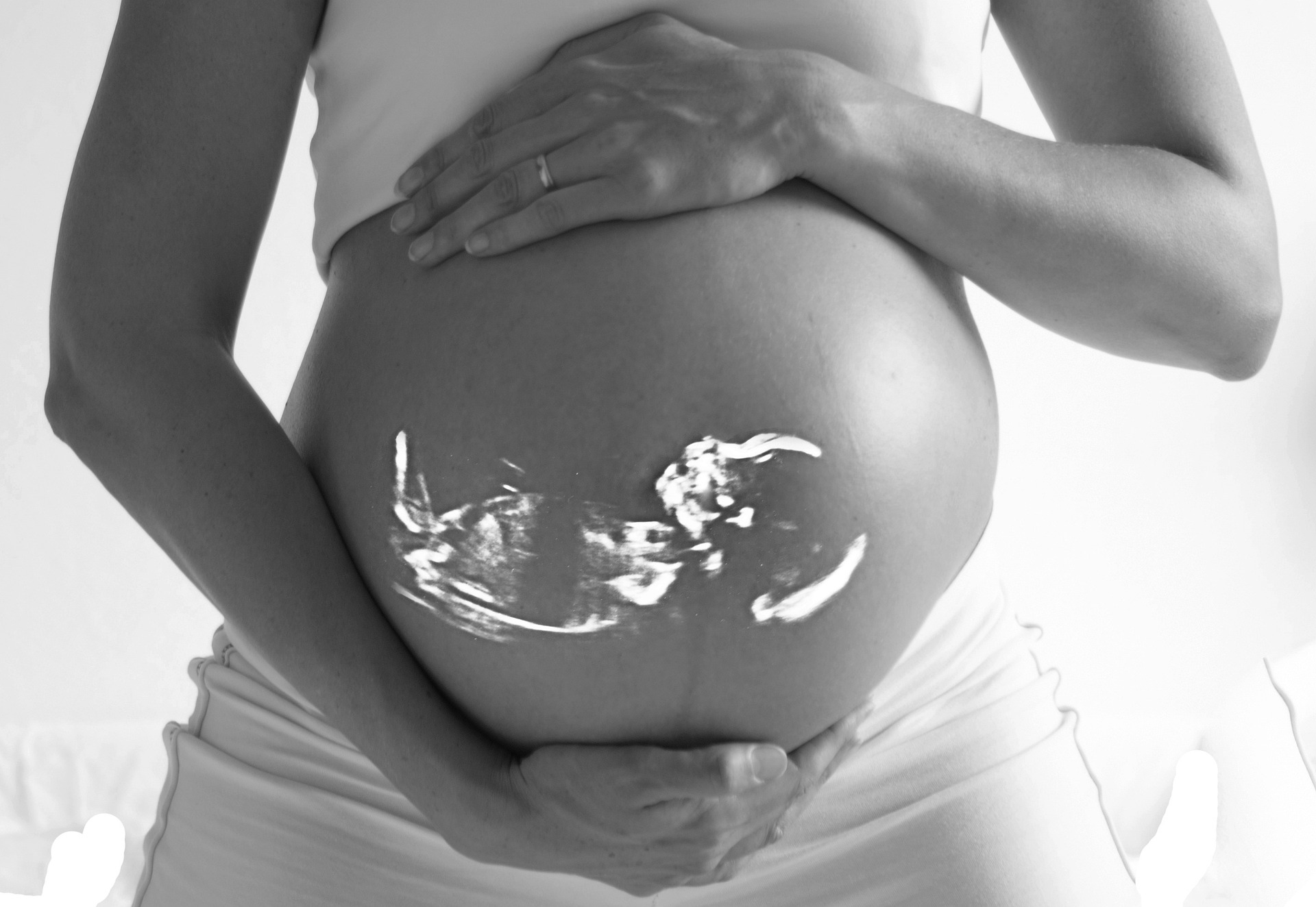
The case for Chiropractic care during pregnancy
When thinking about trauma, such as a fractured bone, one can understand how a force being applied to a bone can result in failure of the bone to resist the load. This is called macrotrauma. There is also something called microtrauma. In these cases, forces applied to tissue (whether compression or tension) is not enough to produce immediate failure. However, should these micro-forces be applied multiple times or for a prolonged time, it will result in damage. An example of this is repetitive strain injuries.
How does this relate to pregnancy, birth and chiropractic care? During a normal birthing process, it is estimated that the force generated by the uterus, on the baby’s head, equates to about 12kg force during a push. During a difficult birth, if devices such as a vacuum pump or forceps are used, an additional force of up to 20kg force may be applied to the head [1]. It is estimated that 2.6% of births are complicated by some type of birth trauma, resulting in injuries such as hematomas, nerve injuries, fractures (clavicle), torticollis etc.
For an example of microtrauma we need to look at the pressures being applied to the baby while they’re inside the womb. Ideally the pressure being exerted to the baby should be “just right”, and it is largely determined by the biomechanics of the mother’s pelvis (i.e. the pelvic alignment and movement). During pregnancy the pelvis becomes lax to allow for the growth and development of the baby. As a consequence of the joint laxity, muscles of the pelvis need to work harder to maintain stability of the pelvis. These muscles however are not used to contracting for a long time and become fatigued, compromising their ability to provide support to the pelvis, and to create an optimal environment for the baby. The pelvis as a whole may become more susceptible to forces applied to it during lying, sitting, standing and walking.
A change in pelvic alignment, altered muscle tension and altered biomechanics influences the tension on the uterus, and of course on the baby. This may create a restricted environment for the movement and growth of the baby, and is called intrauterine constraint. The potential effects of intrauterine constraint include abnormal craniofacial (skull/head and face) and skeletal structures (i.e. plagiocephaly, congenital hip dislocation) as well as malposition and malpresentation [2]. The latter two potentially resulting in a vacuum- or forceps-assisted delivery.
Both instances (pelvic dysfunction during pregnancy and/or a difficult birth) exposes the baby to unnecessary pressure and/or tension. At UMOYA Chiropractic, our objective is to assess the pregnant mother for abnormal spinal, and particularly pelvic biomechanics and abnormal tension of pelvic musculature. If this is assessed early on in pregnancy, we can balance the pelvis and corresponding muscles and ligaments to remove the constraint to the uterus, thereby allowing the baby to move in to a correct position, and to grow and develop without restriction. This also enables mom to enjoy an active pregnancy, and come time for delivery, have a lowered chance of medical intervention. That helps baby to have their best start to their life outside the womb.
For more information on how our unique style of Chiropractic can help you during your pregnancy, feel free to contact us to schedule a complimentary consultation. We look forward to meeting you!
[1] Vacca A. Vacuum-assisted delivery: An analysis of traction force and maternal and neonatal outcomes. Aust New Zeal J Obstet Gynaecol. 2006;46(2):124-127.
[2] Higginbottom MC, Jones KL, James HE. Intrauterine constraint and craniosynostosis. Neurosurgery. 1980;6(1):39-44.


